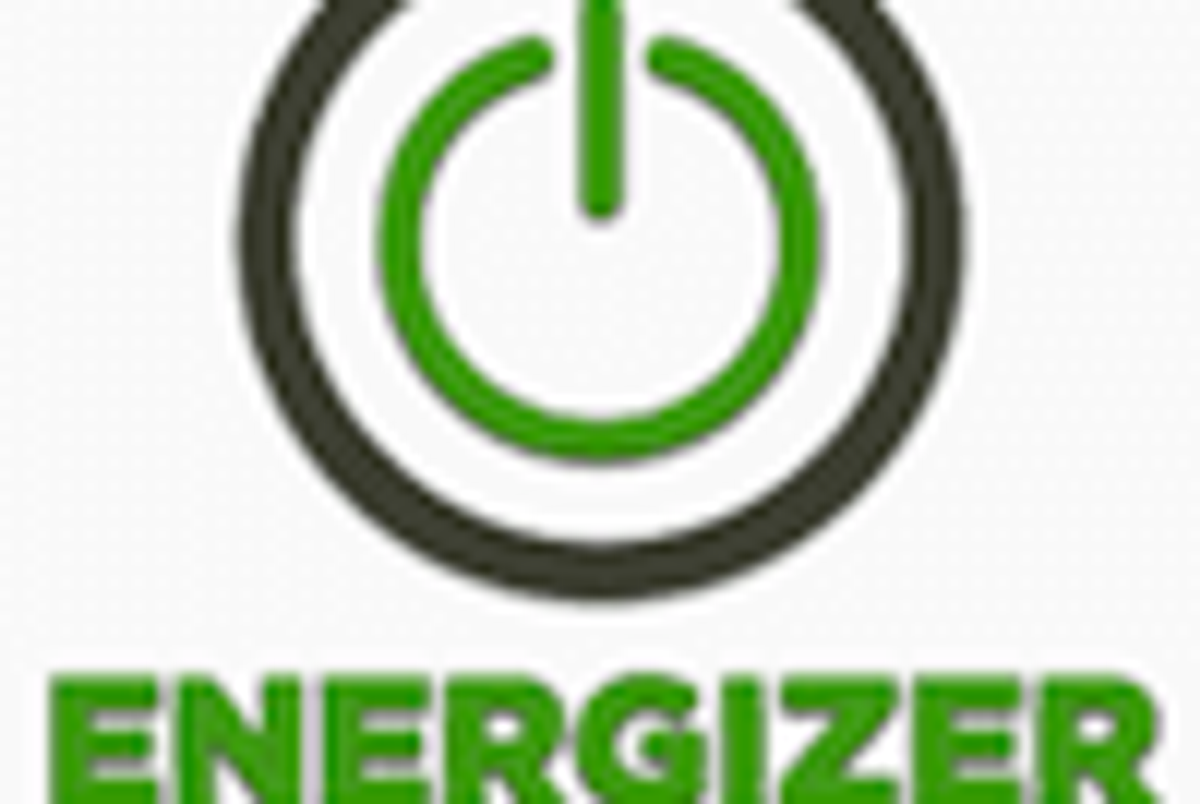Graphite Prices Decline for First Time in More than Three Years

Flake graphite prices fell last month for the first time in more than three years on slowing demand from China and Europe. Concerns that China, could slap quotas on graphite are propelling western countries to find non-Chinese sources of graphite.
The price of natural flake graphite fell last month, its first decline since March 2009, as demand from Europe and China slowed. The drop is seen by some as a dose of reality in a sector that has seen exploration boom and share prices triple and quadruple over the course of a few months.
Excitement about graphite comes from the fact that China produces 70 percent of this critical mineral, and if it decides to impose trade restrictions as it did with rare earth, graphite demand could reach a point where current supply will not be able to cope.
Graphite prices dropped last month, with fine flake graphite (-100 mesh grading 94 to 97 percent carbon) falling $100 to the $1,900 to $2,300 range. Industrial Minerals reported that following an 18-month period of high demand, large-flake graphite (+80 mesh grading 94 to 97 percent carbon) prices experienced a price drop of as much as 12 percent, fluctuating between $2,200 and $2,700 per tonne. On June 13, large-flake graphite was trading between $2,500 and $3,000 a tonne.
Graphite available outside of China
Reuters reported that concerns about China are overblown as there are plenty of alternative sources of graphite around the world. According to the US Geological Survey, 51 percent of natural graphite imported into the United States from 2007 to 2010 came from China, with nearly 40 percent coming from Canada and Mexico.
Stephen Riddle, chief executive of Asbury Carbons, which makes natural and synthetic graphite products, told Reuters that his company has had no trouble finding graphite supplies; in fact, prices are softening.
Chris Berry, founder of House Mountain Partners, which conducts research on the commodity and energy markets, warned that “just because you see a quote for a given flake size and carbon content of graphite does not necessarily mean that this is the price that the graphite producer will realize.”
In a research note, he wrote, “[t]he graphite market is one where pricing is negotiated between buyers and sellers. Therefore pricing can sometimes fluctuate … The graphite world is a highly specialized relationship business where end users cannot afford mistakes in the purity level of graphite they buy from producers … It is possible that a lengthy process is involved in a new graphite producer convincing an end-user that it can produce graphite to a specific purity level. “
Company news
Rare Earth Metals (TSXV:RA) started line-cutting and began work on a ground electromagnetic survey of its Manitouwadge graphite property in Northwest Ontario, the company said on June 7. In late May, the company confirmed coarse-flake graphite at the property.
Ottawa-based Focus Graphite (TSXV:FMS,OTCQX:FCSMF) signed a letter of intent to buy up to 60 percent of the Caninde graphite project in Ceara State, Brazil from Lara Exploration (TSXV:LRA). Under the agreement’s first option, Focus can earn a 51 percent interest in the project by issuing Lara a total of 500,000 shares and spending $2.5 million on exploration of the property within three years.
Energizer Resources (TSX:EGZ) and Malagasy Minerals (ASX:MGY) announced five graphite intersections on the Molo deposit of their joint venture property in Madagascar. Samples from the five holes have been sent for assaying, with the first results expected by mid-July. Metallurgical analysis of previous Molo samples showed jumbo-flake (+50 mesh) graphite at an average purity of 93 percent carbon, which can be liberated through simple crushing.
Securities Disclosure: I, Karan Kumar, hold no direct investment interest in any company mentioned in this article.






